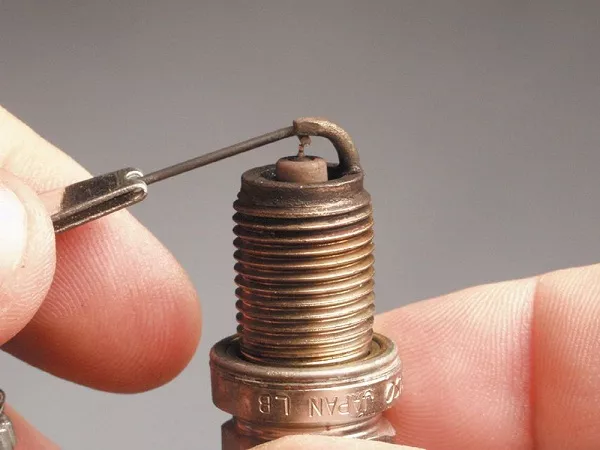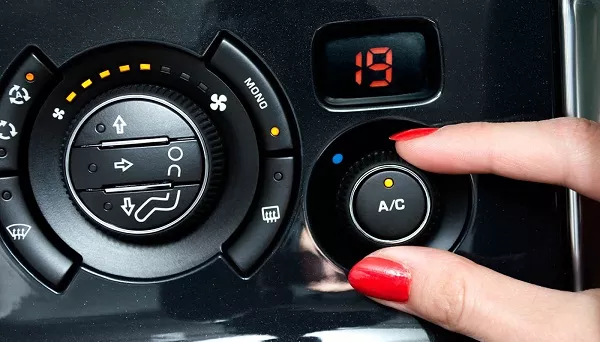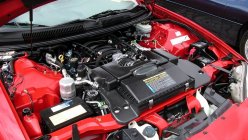Today, a different sense of awareness has sparked when it comes to protecting Mother Earth. People, thankfully, are more conscious now that all their actions affect our environment.
There are a lot of movements and campaigns now solely dedicated to these efforts. Even cars now can be environmentally friendly with just a tweak or two with your current car routines and maintenance.
Going green or being environmentally friendly doesn’t need you to purchase a new car. Old, new, big or small cars can all become green through preventive maintenance steps that will help the environment.
These steps from Philkotse.com fundamentally improve gas mileage which does not only positively affect the environment, but it also saves money at the pump. It’s a win-win situation.
1. Gear towards smart driving
You might be completely unaware that the way you drive affects your fuel consumption and the fuel economy. Refrain from the abrupt starts and stops and always follow the speed limit. Have a good driving itinerary by combining trips as this will minimize the needless miles.
Plan so everything will be within your way, and all your errands can be consolidated. This will also mean being familiar with your routes so you can minimize excessive idling.
In addition to smart driving, practice safe driving by not doing aggressive and speed driving. Braking and rapid acceleration are also complete no-no’s.

Have a good driving itinerary by combining trips as this will minimize the needless miles.
2. Lighten your load
It’s time to clean the car and remove all those unwanted junks from the trunk. Extra and unneeded items weigh down your car, and as a result, it will burn and use more gas. Leave the tennis rackets and sports equipment if you only play once a month.
Go for the light-weight and portable car care tools if you need it inside your trunk. Leave the two pairs of shoes, the boxes from last summer’s trip and all other unneeded items at home. Just keep the emergency and essentials.
>>> Also check out: 5 common mistakes to avoid when carrying stuff in your pickup
3. Regular spark plugs care
Your car can have four, six, or even eight spark plugs. These spark plugs typically fire to as much as three million times for every 1,000 miles which equates to a lot of electrical and chemical erosion as well as a lot of heat. A dirty spark plug can cause misfiring which leads to fuel waste.
It will be a good practice to clean the area around your spark plug to remove any accumulation of debris in the combustion chamber. By using a wire brush paired with a spray on plug cleaner, you can remove these deposits.
If needed, then replace your spark plugs accordingly. Depending on your car’s type and how you use it, it is recommended to have new ones every 20,000-40,000 miles so the burning of fuel can be done efficiently.

These spark plugs typically equate to a lot of electrical and chemical erosion as well as a lot of heat
4. Air conditioning maintenance and habit
This might be a real challenge for some but if possible, use your AC only when it is needed. Your AC burns fuels too so make some changes when it comes to your cooling system. Stop pre-cooling your car and wasting gas by turning the engine on with the AC blasting.
The air conditioning works better, meaning it cools faster and more effectively during driving because the engines are turning to make the A/C compressor run.
You can also aid your car by opening the rear windows to get rid of all the hot air. It is also a misconception that blasting your A/C to the highest will make the inside cooler faster.
Set the A/C to the lower temperature first and adjust the fan as it will dry out the airless and help you save fuel. Parking in shaded areas and using a reflective windshield would also assist in ensuring that your car is environment-friendly.
Going for your annual inspection and going through the refrigerant charge, test operations, and outlet temperatures should also be done religiously.

Our AC burns fuels too so make some changes when it comes to your cooling system
>>> More posts related to AC maintenance:
- 3 must-know tips to keep your car’s AC system healthy in summer
- 5 bad habits to discard when using car aircon system
5. Just the right amount of fill-ups
Getting the most out of your gas pump is something most people would love to do up until that very last drop but learn how to stop when the nozzle shuts off. Letting the gas go more than it can handle releases harmful vapors into the environment. It also wastes your money.
Your tank doesn’t need to be full up to the brim. It needs some space for that gasoline to inflate. You also don’t want to have some gas leaking off your nozzle as it is hazardous and life-threatening. With the right amount of fill-ups, make sure that your gas cap is also tight and secure.
A loose, damaged, or cracked gas cap allows gas to evaporate from your tank. Again, this is harmful to the environment and your budget.

Letting the gas go more than it can handle releases harmful vapors into the environment.
6. Take those Emission Tests
Emission tests are required because this test will help in lowering the pollutants that your car releases. Aside from making sure that your car is in excellent condition, it also helps in making the quality of the air better.
Your car’s emission system helps control the emissions, pollutants, and exhausts via engine controls and sensors. This system aims to reduce the release of harmful gases like unburned hydrocarbons, carbon monoxide, and oxides of nitrogen.
It also stops the gasoline vapors from being released. Going through the emission tests will ensure that this particular system is in good running condition. An oxygen sensor working at full performance leads to better gas mileage of up to 40%.

Emission tests are required because this test will help in lowering the pollutants that your car releases.
7. Dispose of Properly
Regularly replacing your car’s batteries, tires, fluids, and oil is a requirement for primary car care but what happens to these old car parts? Protect our environment by properly disposing this and not just leaving them carelessly.
Even if not being used, fluids still evaporate and can still be harmful vapors. Car batteries can’t just be thrown to the dumpster because it has toxic chemical content. It can lead to contamination of the soil due to its lead, acid, and non-biodegradable substance.
So, for old and unusable car parts, get with your local recycling depot who can handle these kinds of hazardous materials.
Going green doesn’t require many changes but more of discipline and awareness of the consequences of each of our actions. We owe it to the next generation to provide them with an environment which they can thrive and survive on.
>>> Click here for more useful tips and advice for smart driving.
Recent posts
- Choosing child-friendly cars for concerned Filipino parents Oct 24, 2018
- 7 Simple Steps to Make Your Car Environment-Friendly Aug 14, 2018
- 9 tips to become an eco-friendly driver Oct 07, 2020
- How the environment affects your car’s performance Oct 26, 2017












